Types of crack in a home
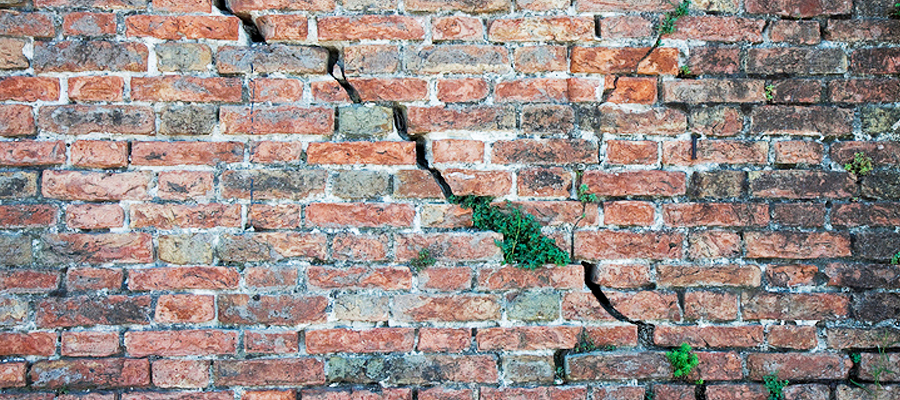
Types of crack in a home
Cracks tell a story about movement load and moisture. The aim is to judge if
the issue is cosmetic or structural then plan a simple fix.
Look at width pattern and location. Note any sticking doors or sloping floors? Bright
fresh edges suggest recent change, while dirty edges usually mean an old stable
line.
Fine hairlines are common. Wide stepped or spreading cracks need a closer looking at.
Below are the main types you will see with plain signs and likely causes.
Settlement cracks
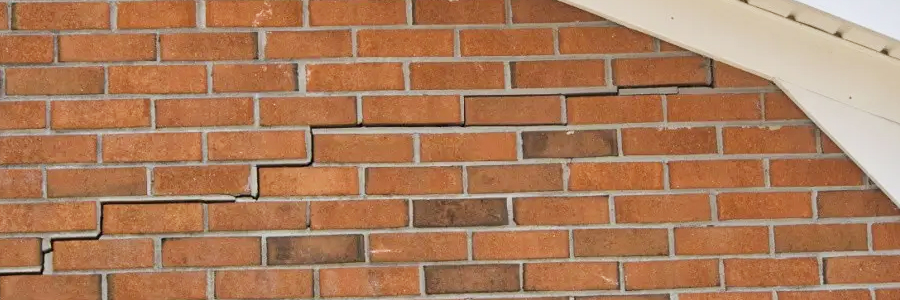
Happen as new work dries and finds its bearing. Often thin and vertical near window heads
or where new meets old.
Usually stable and easy to fill once the building has dried out. Check for leaks and
keep steady heat so finishes cure well.
Subsidence cracks
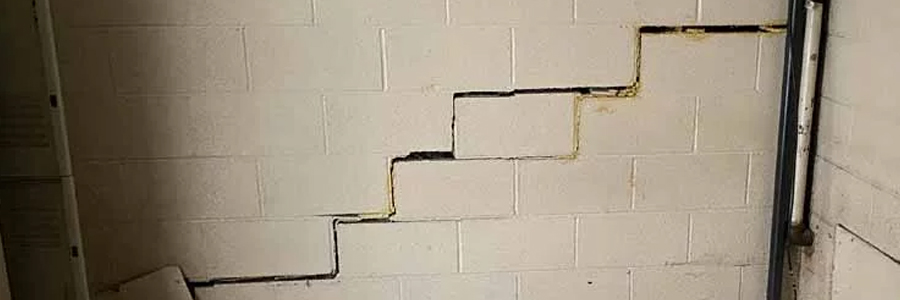
Ground sinks under part of the foundation. Cracks are often diagonal and wider at the top than the bottom. Doors may stick and gaps open at skirtings. Common near trees on clay or where drains leak. Log widths over time with simple tell tales and involve an engineer or insurer if movement continues.
Heave related cracks
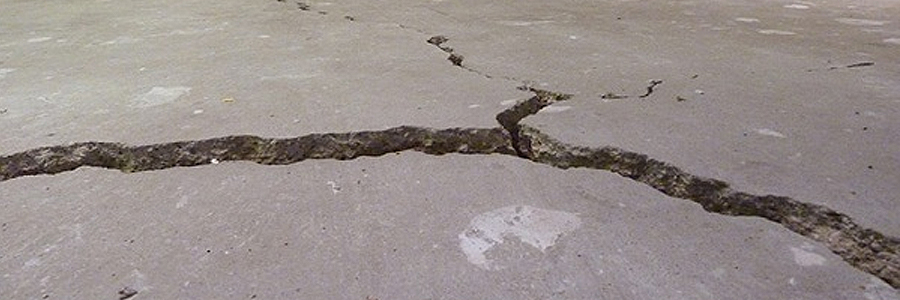
Ground swells and pushes the structure up. Often follows tree removal on clay. Cracks can be vertical or diagonal and floors may lift.
Look for raised paths and distorted service entries. Get professional advice before adding load or restraint.
Root related movement
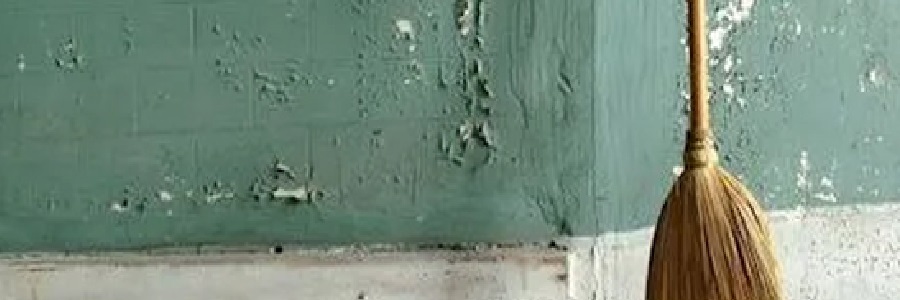
Large roots can dehydrate clay or jack up shallow work. Expect cracks that track toward the tree and gaps along service trenches.
Check species age and distance. Manage trees with an arborist to control risk without shocking the ground.
Vertical cracks
Run straight up and down. Often from shrinkage in plaster or thermal movement in long walls. In masonry they can mark a weak joint or change in support.
Measure the width. Hairlines are cosmetic. Wider than 3 mm needs checks for ongoing movement or a missing joint.
Diagonal cracks
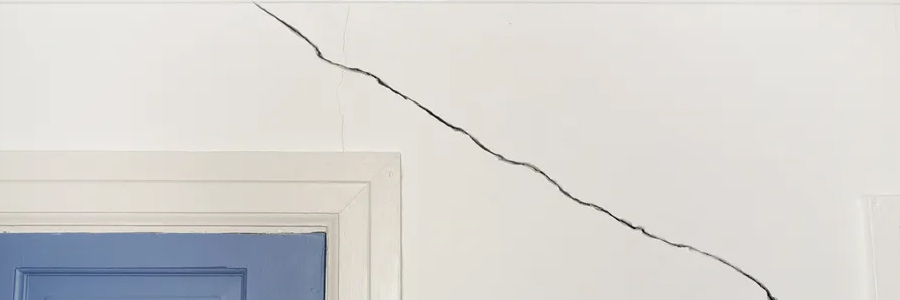
Often step through brick joints above openings. Can point to bearing issues at lintels or local settlement.
Look for rusted steel lintels or failed timber ends. Replace the support then stitch the masonry once it is sound.
Horizontal cracks
Run level across walls. At low level they may follow the damp course where salts or frost damage the bed. At mid height they can suggest wall tie corrosion in cavity walls.
Check for bulging or rust stains at joints. If ties are failing plan a tie replacement scheme and make good the beds.
Thermal and moisture movement
Small random lines in plaster or render. Come from drying shrinkage or temperature swings. Often show around new extensions or fresh render.
Control with joint placement good curing and steady heating. Fill with flexible filler once movement has settled.
What to do next
Record and monitor.
Date photos and add tell tales so you know if a crack is live. Fix leaks and improve
drainage to remove easy causes.
A measured plan beats repeated patching. Once stable use stitching bars or resin for masonry and tape and fill for plaster.